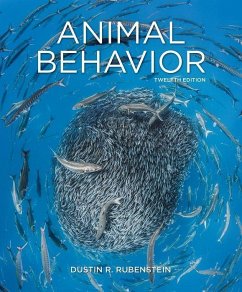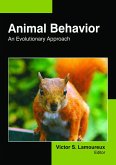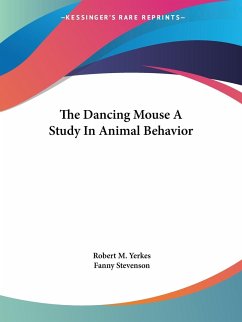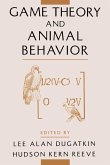A comparative and integrative overview of how and why animals as diverse as insects and humans behave the way that they do, linking behaviors to the brain, genes, and hormones, as well as to the surrounding ecological and social environments. The new edition, now in enhanced eBook format, brings animal behavior and research to life like never before.
Hinweis: Dieser Artikel kann nur an eine deutsche Lieferadresse ausgeliefert werden.
Hinweis: Dieser Artikel kann nur an eine deutsche Lieferadresse ausgeliefert werden.








